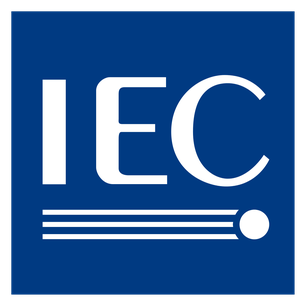First, IEC 62474 is an international standard developed by the International Electrotechnical Commission (IEC) in Geneza, Switzerland. It pertains to material declaration for manufacturers of equipment in the electrotechnical industry. Further, IEC 62474 provides guidelines and requirements for product substance declarations, particularly concerning hazardous chemicals.
In short, IEC 62474 comprises two components: the primary document, available for purchase from IEC and authorized resellers, outlines the material declaration prerequisites per the standard. And most importantly, it includes a database detailing information that may necessitate timely updates.



